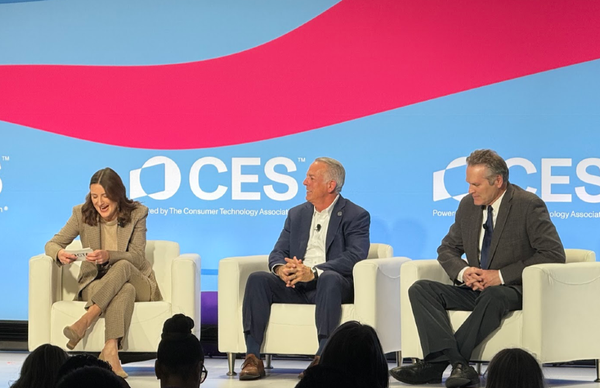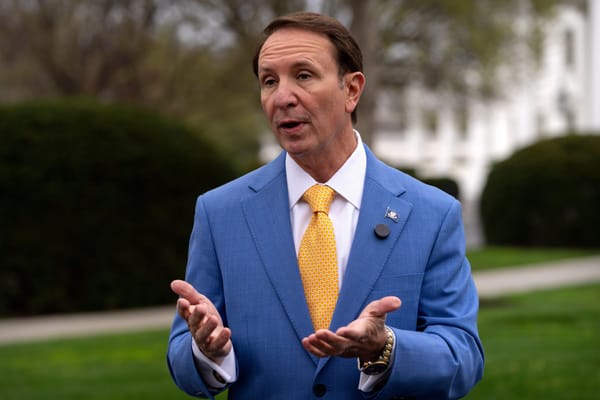FCC Urged to Improve Approach to Collecting Broadband Data
Stakeholders pushed for better data and stricter standards.
Jericho Casper

WASHINGTON, Oct. 8, 2024 – A fair distribution of broadband subsidies might not be possible if federal regulators fail to understand who needs assistance – particularly when broadband availability data, especially for fixed wireless coverage, is often overstated in rural and underserved areas.
On Monday, Texas-based rural Internet Service Providers, Poka Lambro Telecommunications and Totelcom Communications, urged the FCC to adopt stricter requirements for fixed wireless providers to submit detailed technical data. In their comments, the companies argued that current rules do not go far enough to ensure accurate reporting of broadband availability.
Poka Lambro and Totelcom suggested the FCC consider new rules that would mandate more granular technical data, including tower locations, operational status, spectrum used, and the number of subscribers.
Donald Herman, Jr., an attorney representing the ISPs, argued that without this information, it becomes nearly impossible to verify a provider’s coverage claims or assess whether the service can deliver the requisite speeds to all claimed locations.
Additionally, the companies argued that the existing bulk challenge process for fixed wireless availability has been overly burdensome for small providers. Current procedures place the entire burden of proof on challengers, who lack access to necessary technical data from fixed wireless providers.
To address this, Poka Lambro and Totelcom called for a "real-world challenge process" that requires providers to meaningfully cooperate with challengers and submit technical information that can validate or disprove service claims. This follows calls from the National Rural Electric Cooperative Association last week that said the FCC should allow consumers to submit their own speed tests to challenge provider claims.
Many commenters, including Alisa Valentin, representing Public Knowledge, pushed for the FCC to move away from using the Form 477 data for broadband availability mapping and biennial Section 706 reports.
Introduced in 2000, Form 477 was originally intended to track broadband deployment and local telephone competition through self-reported data from service providers. However, Poka Lambro, Totelcom, Next Century Cities, and Public Knowledge argued that Form 477 has contributed to widespread inaccuracies, particularly in rural areas over the years.
These inaccuracies often result in overstated coverage, as service is considered available across an entire census block if just one household is connected. This has led to underserved communities being marked as ineligible for critical federal funding, despite lacking meaningful broadband service.
To address this issue, stakeholders urged the FCC to rely on most recent data from the Broadband Data Collection process, part of the agency’s effort since 2021 to improve the accuracy of broadband availability data. The BDC process provides a more granular and verified view of where broadband is truly available, aiming to correct the limitations of Form 477 and ensure a fairer distribution of federal resources.
Commenters advocated for better transparency and verification within the BDC, suggesting the inclusion of data on pricing, device availability, and adoption barriers to fully understand the scope of broadband challenges.
The $42.5 billion Broadband, Equity, Access, and Deployment program, another focal point in the inquiry, was widely referenced by groups concerned with the impact of inaccurate data on federal broadband investments. Many noted that inaccurate data, such as that collected through Form 477, could result in funds being misallocated to areas that are already adequately served, further deepening the digital divide..
Affordability remained a top concern, highlighted by Next Century Cities, Public Knowledge, and other organizations. With 45% of unconnected households citing cost as the primary barrier to broadband adoption, affordability must be a priority, these groups argued.
Another critical issue was the push for symmetrical speeds. Comments from NRECA and Public Knowledge argued that the current benchmark of 100/20 Megabits per second (Mbps) was outdated. With the increasing importance of upload speeds for remote work, education, and content creation, they called for a higher standard, recommending 100/100 Mbps as the new benchmark. In the long term, they suggest aiming for 1 Gigabit symmetrical speeds to meet future consumer demands.
One notable perspective comes from the Free State Foundation, which strongly advocates for the inclusion of satellite broadband in the FCC's analysis. According to FSF, satellite services from providers like Starlink have significantly expanded broadband availability, especially in hard-to-reach rural areas.












Member discussion